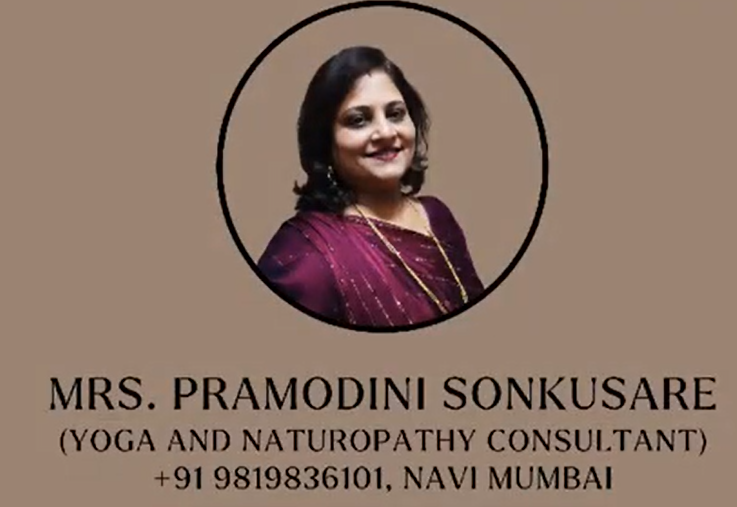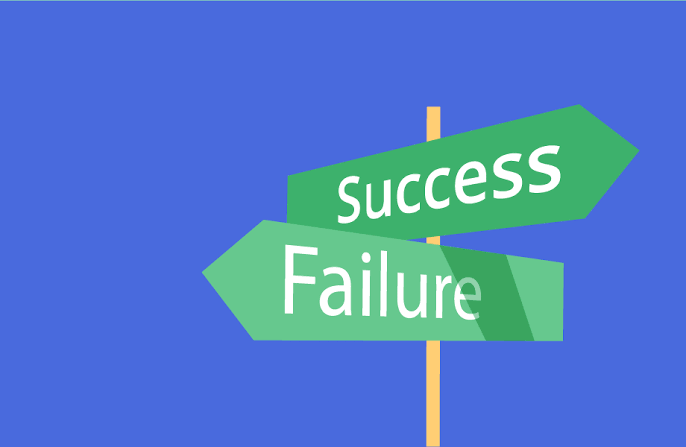World Hypertension day, observed on the 17th of May every year, calls out for increasing awareness about this silent killer.
World Hypertension day, observed on the 17th of May every year, calls out for increasing awareness about this silent killer and help people realise that hypertension or high blood pressure is a preventable and controllable condition. Hypertension remains a contributing risk factor for stroke, heart attacks and other cardiovascular complications leading to deaths across the globe. The theme for the World Hypertension Day 2018 is ‘Know Your Numbers.’
According to the World health Organization (WHO), hypertension is a condition in which the blood vessels have persistently raised pressure, putting them under increased stress. The higher the pressure, the harder the heart has to pump. Normal adult blood pressure is 120 mm Hg1 when the heart beats (systolic) and about 80 mm Hg when the heart relaxes (diastolic).
The new hypertension guideline defines by American college of Cardiology (2017) the various categories of blood pressure as follows :
Normal : Less than 120/80 mm Hg
Elevated : Systolic between 120-129 mm Hg and diastolic less than 80 mm Hg
Stage 1 : Systolic between 130-139 mm Hg and diastolic 80-89 mm Hg
Stage 2: Systolic at least 140 mm Hg or diastolic at least 90 mm Hg
Hypertensive Crisis : Systolic over 180 mm Hg and / or Diastolic over 120 mm Hg
High blood pressure damages the heart and blood vessels in organs such as brain, kidney and is a leading risk factor for heart disease and stroke.
Dr. Tapan Ghose, Director & Head, Cardiology, Fortis Hospital Vasant Kunj gives some valuable information below to recognize and manage hypertension effectively. Hypertension is a silent killer
Symptoms for Early detection
- Headache
- Nosebleeds
- Irregular heartbeats
- Buzzing in the ears
- Tiredness, dizziness, weakness
- Nausea, confusion, anxiety
- Chest pain, breathlessness
Causes:
- Lack of exercise
- Alcohol consumption, smoking
- Obesity
- Genetics ( More chances of suffering from the condition If one or both parents have it)
Salt and Hypertension:
Having excess salt places strain on the arteries which carry blood, as a result of which, the tiny muscles in the artery walls become stronger and thicker. Increased salt raises the blood volume and also peripheral resistance.
Prevention:
- Learning to manage stress through regular exercise, yoga, meditation
- Limiting intake of sodium by reducing the amount of salt
- Having a healthy diet, avoiding food with high saturated fats
- Maintaining a healthy weight
- Being physically active
- Avoiding tobacco use and reducing alcohol intake
- Regularly checking blood pressure
- Maintaining a healthy weight as per age and body type
- At least 40 minutes of isotonic exercise line, jogging, brisk walk, swimming, cycling
- At least 7 hour sleep
- Listening to Indian classical music
Workplace wellness programmes to tackle hypertension:
- Using the stairs instead of the lift, elevator
- Carrying home-cooked food instead of ordering take-out
- Getting up frequently from work stations and walking around every hour
- Staying calm under pressure and finding ways to manage workplace stress by taking a walk, deep breathing or talking it out with a colleague
Over a billion people all over the world suffer from hypertension and it is predicted to increase by 60% to 1.56 billion in 2025. It kills 8 million people every year worldwide and is a leading risk factor for cardiovascular diseases, diabetes, fetal and maternal death in pregnancy, dementia and renal failure. Two thirds of those with hypertension live in economically developing countries, including India. It is directly responsible for 57% of all stroke deaths and 24% of all coronary heart disease deaths in India. Sedentary lifestyles, growing urbanization, tobacco use and fast food culture are some primary causes for high blood pressure.
Source: http://www.thehealthsite.com/news/world-hypertension-day-2018-know-your-numbers-to-stay-fit-w0518/
Disclaimer: All information, data and material has been sourced from multiple authors and is for general information and educational purposes only and are not intended to replace the advice of your treating doctor.
The views and nutritional advice expressed are not intended to be a substitute for conventional medical service. If you have a severe medical condition or health concern, see your physician.





